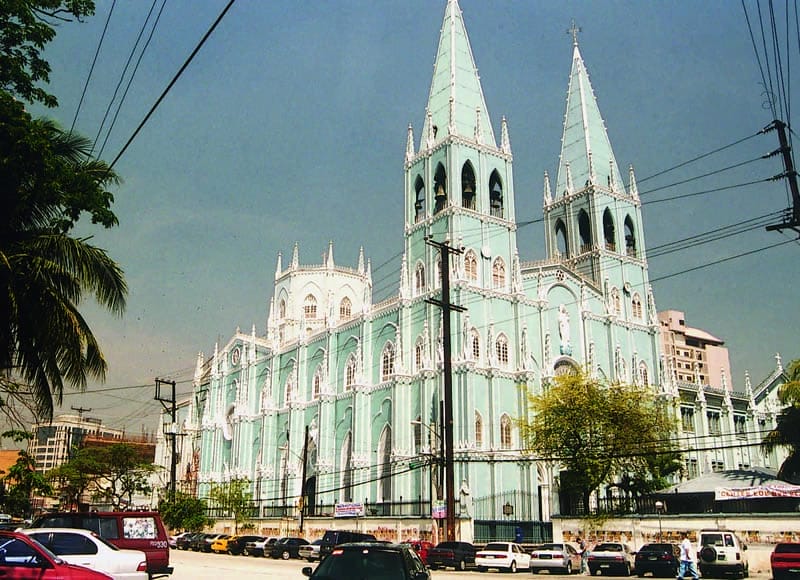World Monuments Fund (WMF) is the leading independent organization devoted to saving the world’s most treasured places, and the Watch is WMF’s flagship advocacy program. Launched in 1996 and issued every two years, the World Monuments Watch calls international attention to cultural heritage sites around the world that are threatened by neglect, vandalism, conflict, or disaster.
The 2010 Watch continues this tradition of identifying endangered sites, while also encompassing those with compelling issues or progressive approaches that can inform the field at large. Watch listing provides an opportunity for sites and their nominators to raise public awareness, foster local participation, advance innovation and collaboration, and demonstrate effective solutions. The process also serves as a vehicle for requesting WMF assistance for select projects. The list is assembled by an international panel of experts in archaeology, architecture, art history, and preservation. For many historic sites, inclusion on the Watch is the best, and sometimes the only, hope for survival.
San Sebastian’s making it to the list is the result of almost two years of dedicated hard work by New-York based Filipina architectural conservator Ms. Tina Paterno, in collaboration with the Recollect fathers of San Sebastian and the Provincial Curia. Ms. Paterno is a member of Bakas Pilipinas, Inc., a not-for-profit organization of concerned Filipino-American preservation and architectural professionals dedicated to supporting the preservation of historic architecture and sites in the Philippines.
Alarmed by the visible state of corrosion of the metal structure and suspecting that what is visible is only the tip of the iceberg, Ms. Paterno drummed up support from friars, government officials and local and international consultants and engineers, nominated the church for the list, and drew up an integrated project that echoes WMF’s call for collaboration from a variety of sectors.
The newly-created Commission on History, Culture and Heritage – Recoletos, will be coordinating with her and the other stakeholders of San Sebastian Church in the work.
Information of the WMF website
The Gothic Revival, all-steel basilica of San Sebastian towers over the congested cityscape of Manila. After earthquakes in 1645, 1762, and 1863 destroyed the first three stone and brick churches erected on this site, Don Genaro Palacios, the Director of Public Works for the Spanish Insular government, recommended a new church be built of steel. Within the church’s apple-green and white façade, flanked by massive spires,
San Sebastian’s interior is faux-finished to simulate jasper and marble. Trompe l’oeil of statuary and other iconography, painted by the Academy of Lorenzo Rocha, adorn its walls. Thirty-four stained glass windows shower the vast nave with rich, warm hues. Since its completion in 1891, San Sebastian has continued to play a significant religious and social role as the community parish and through its involvement in outreach programs. The innovative steel construction remains unique and reflects the daringness of the design and the skill of local craftsmen. Persistent corrosion, leaks, and material loss threaten the Basilica, but its most pervasive threat remains invisible: the structural bracing within cavity walls is severely deteriorating, potentially rendering the stability and continued functionality of San Sebastian precarious.


